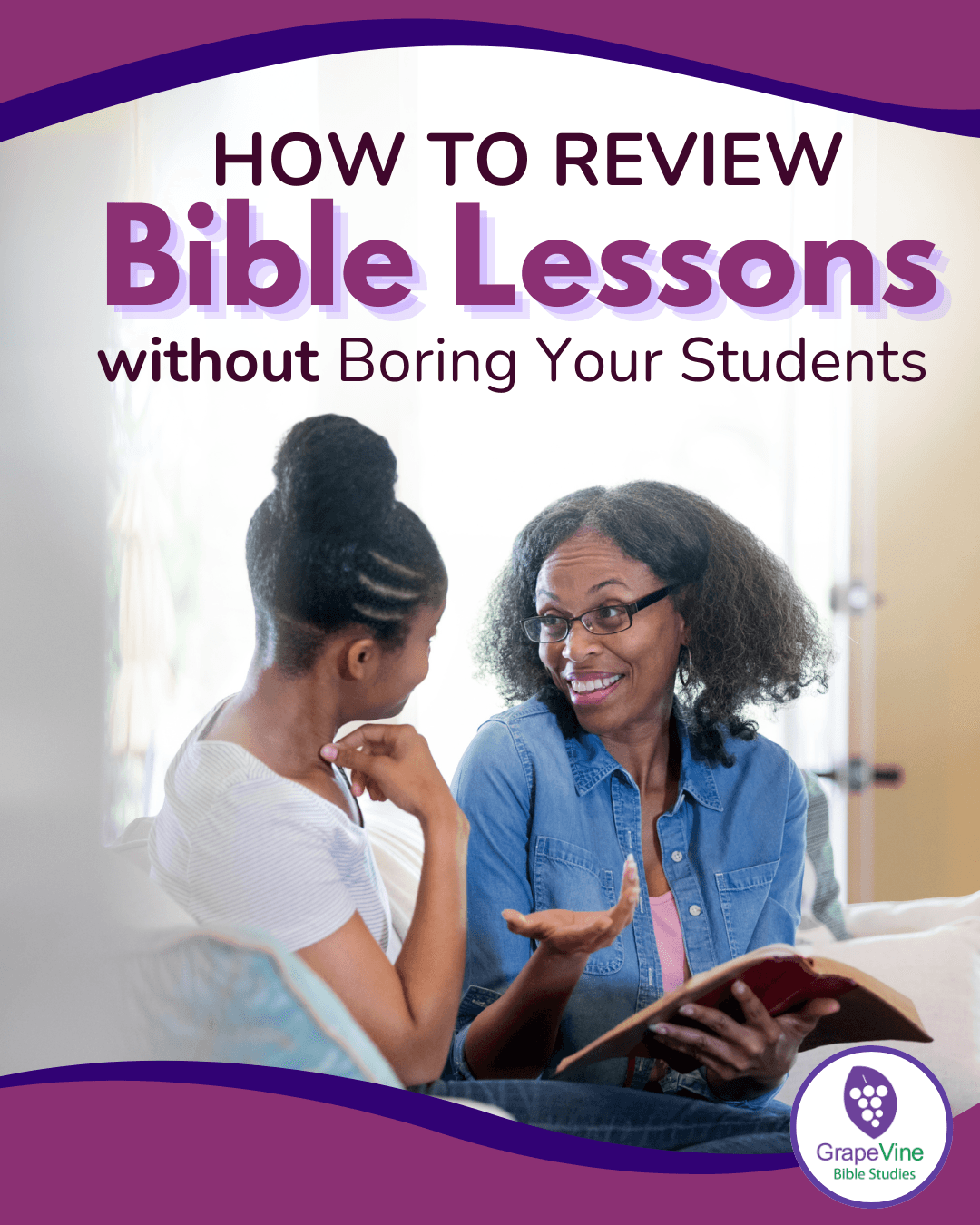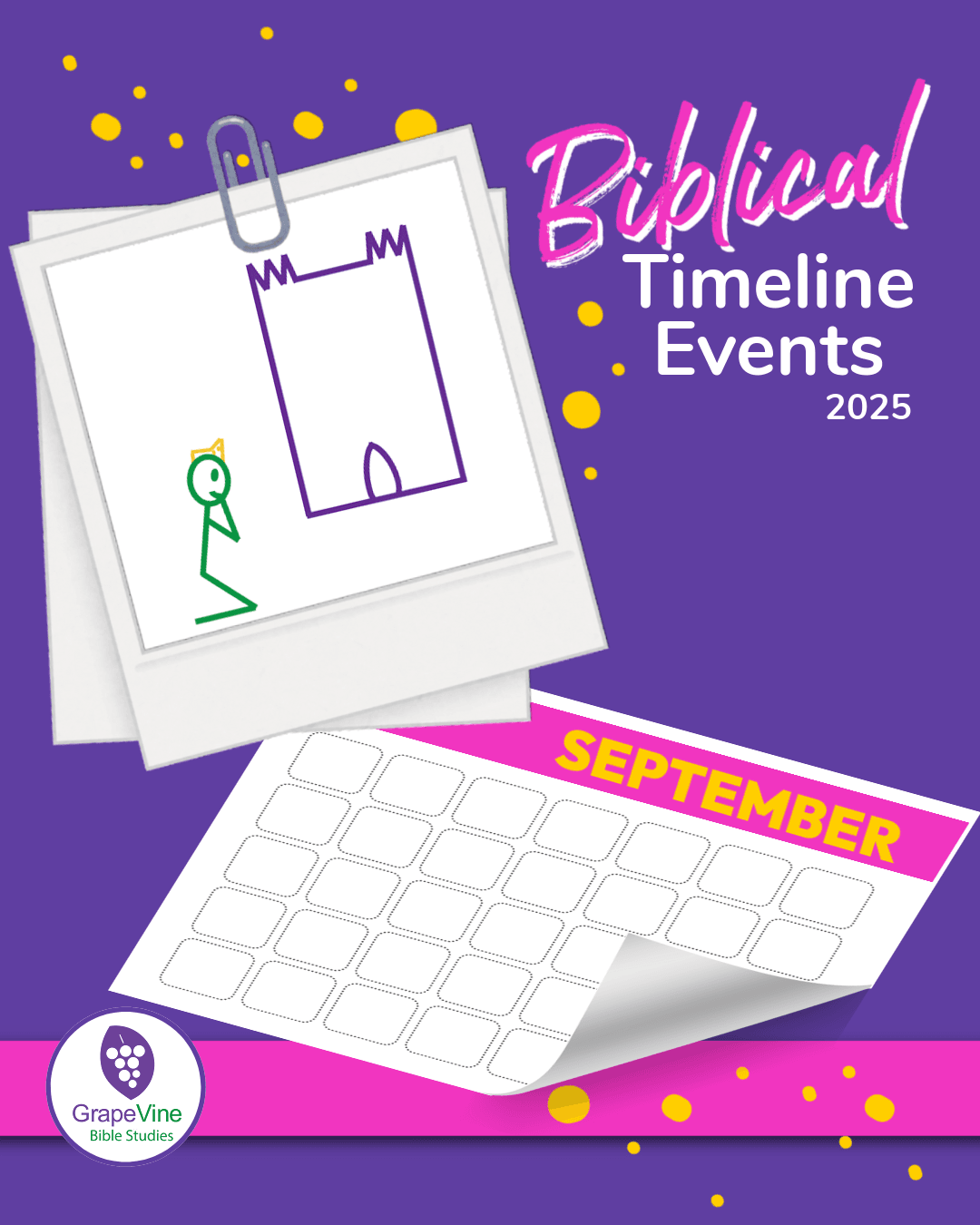
7 Things to Look for in Your Next Bible Study
As a Christian homeschool mom, you want to include Bible study in your daily schedule. Does this mean you simply read the Bible each day and hope to keep your young student’s attention? Finding a curriculum that meets the needs of all of your children can be a major challenge.
As a mother of four, I know that the choices can be overwhelming! How do we narrow them and find the best option for our family?
Are you seeking a curriculum that you can all do together? Do you want to facilitate an independent study for older children? Every Christian family has different needs.
Use these seven tips to build your next Bible study!
Your Bible study should be:
- Easy to Prepare: When it comes to lesson preparation, you want a curriculum that helps you to maximize your study and planning time. In evaluating a curriculum, you should include time to study, plan, and gather any needed supplies.
- Fun to Teach: As parents, we set the tone for Bible study. If we do not find the material interesting and engaging, our children won’t either. Choosing a Bible study that matches your teaching style will help you to be most effective in teaching your children.
- Age Appropriate: Building an age-appropriate curriculum is the key to effectively discipling your children. This can be especially challenging when you have a wide variety of ages. If this is the case, use your oldest students’ needs when choosing the curriculum. You will be amazed at how much your younger children learn while trying to keep up with their older siblings.
- Applicable: The one book we want our children to be most interested in is the Bible. In choosing a curriculum, find topics that point back to the Bible and allow time for them to ask questions. The topic of study should be interesting and engaging for your family because it relates to other things they have learned. If you have older students, ask them what they would like to study next; help them to become part of the process and use this to disciple them in choosing a Bible study.
- Measurable: Teaching should have measurable results. Does the study have a way of measuring the effectiveness of what you are teaching? In addition to the curriculum’s measurements, you can do this for yourself by writing down the goals you have for each study. At the end, do an evaluation and make changes accordingly, based on what you have learned.
- Attentive: Your chosen curriculum should have built-in periodic reviews. Be sure to leave time for a review step within each lesson. This allows you to ask questions about the lesson and answer any questions your students might still have about what they learned.
- Retainable: Retention is key to teaching, because without retention, application will not happen. One way to tell if your children are retaining the information is to have them retell the story you have studied. Over dinner is a great time for children to recount what they’ve studied during Bible class.
Choosing a homeschool Bible curriculum should not be a hassle! At Grapevine, we have all the elements you need for your next Bible study. Try a sample lesson today!
Related Posts


